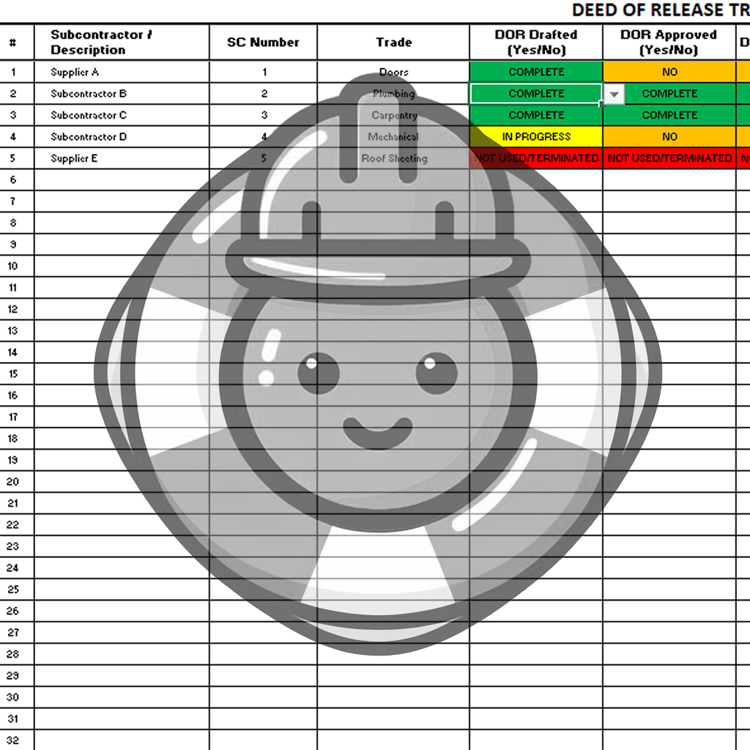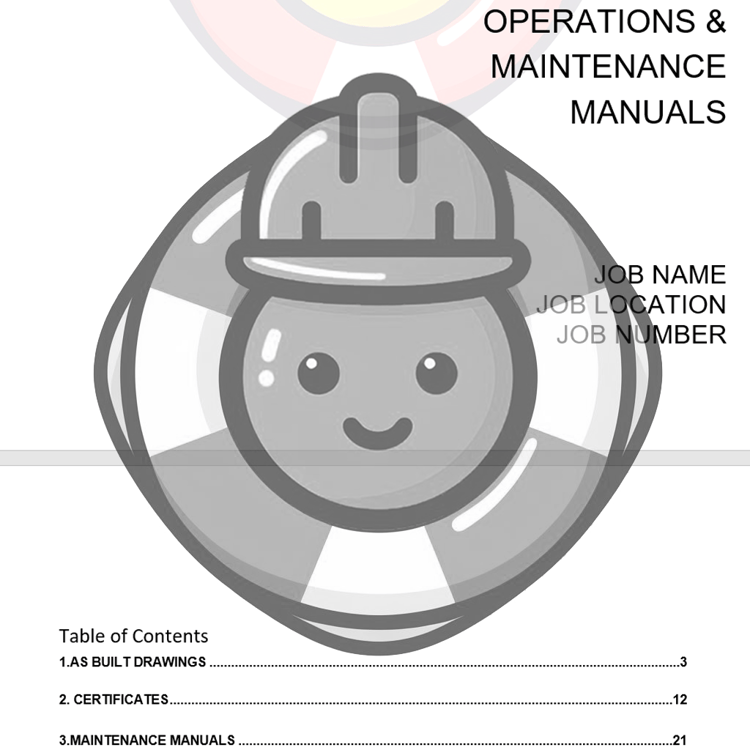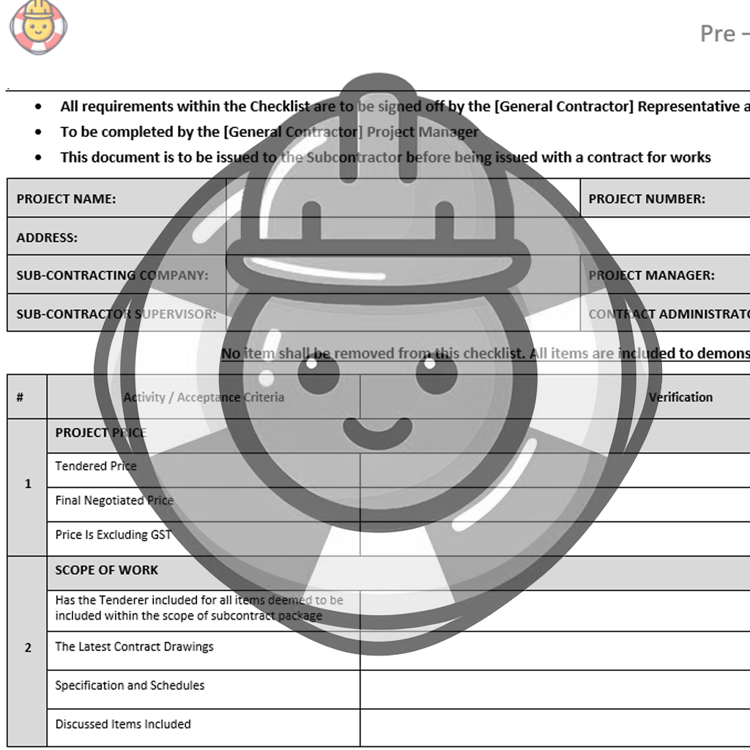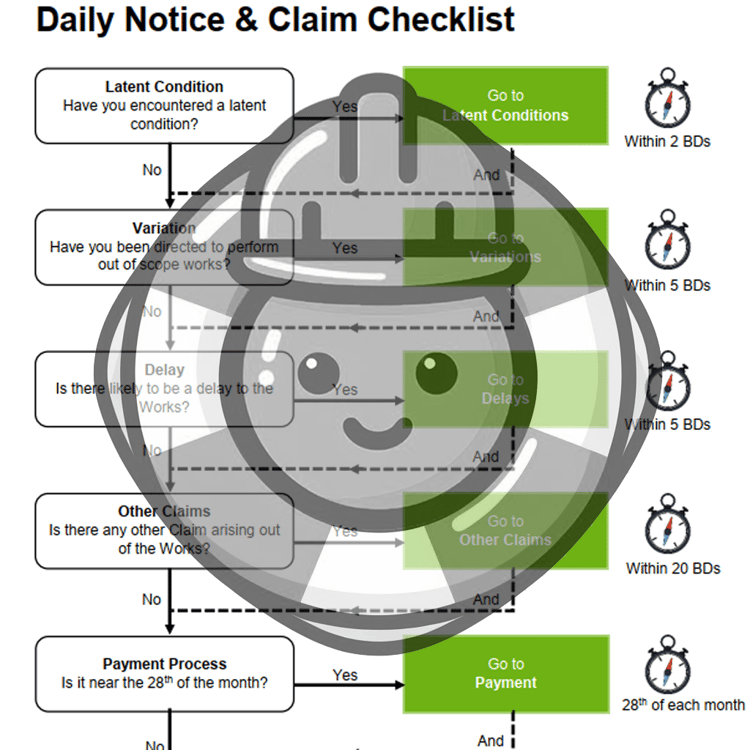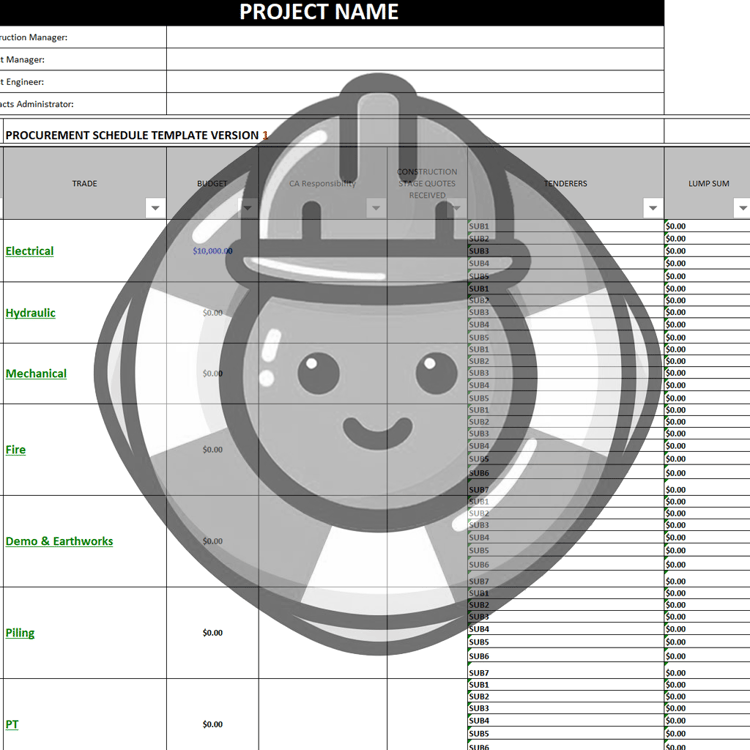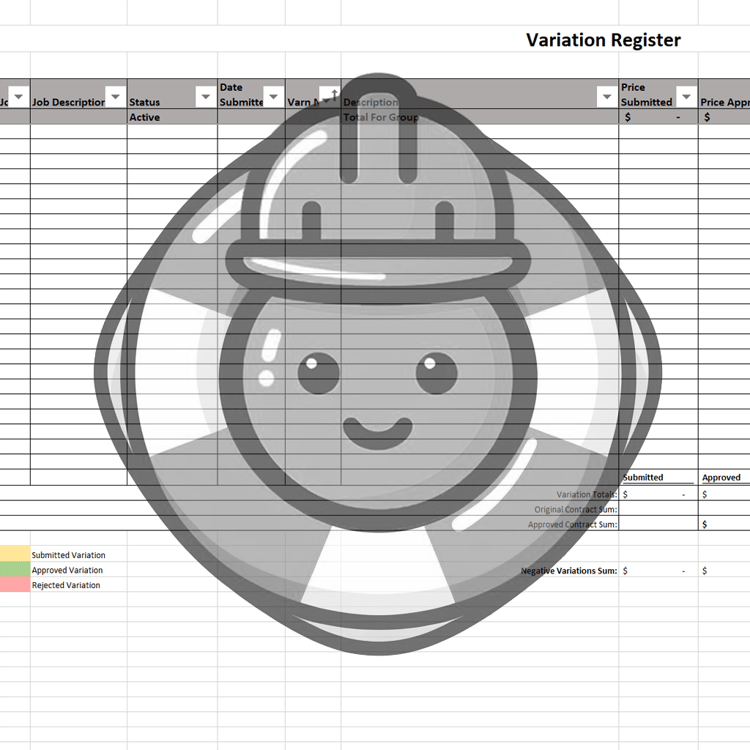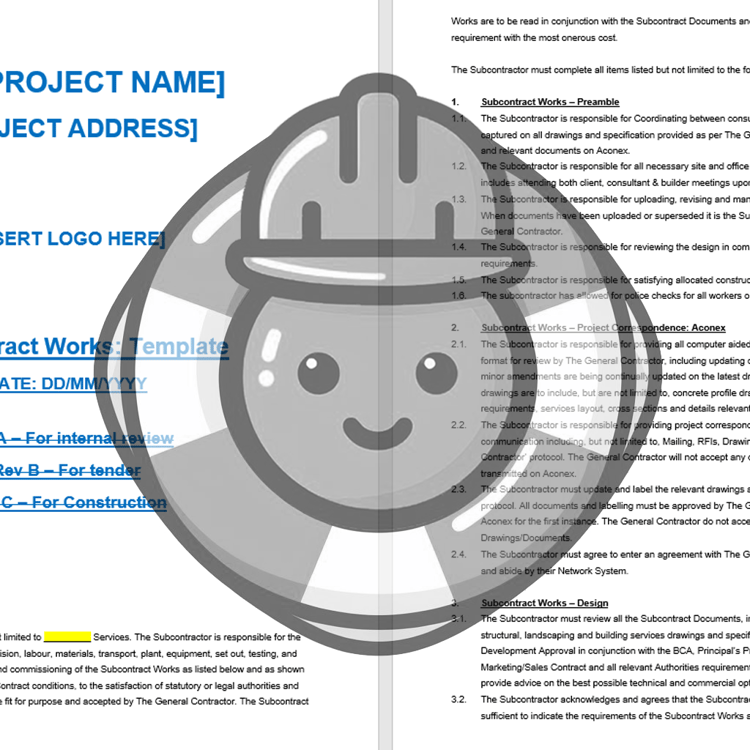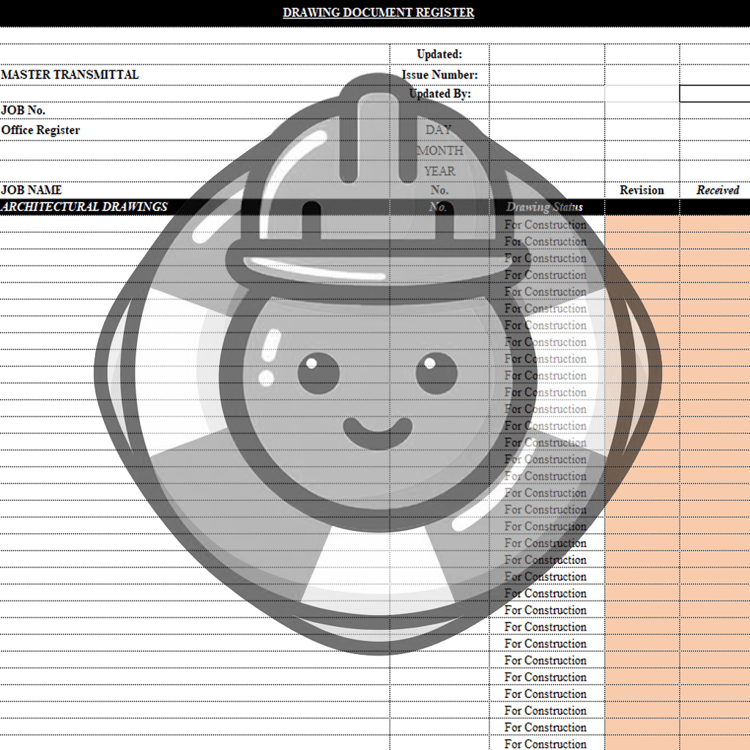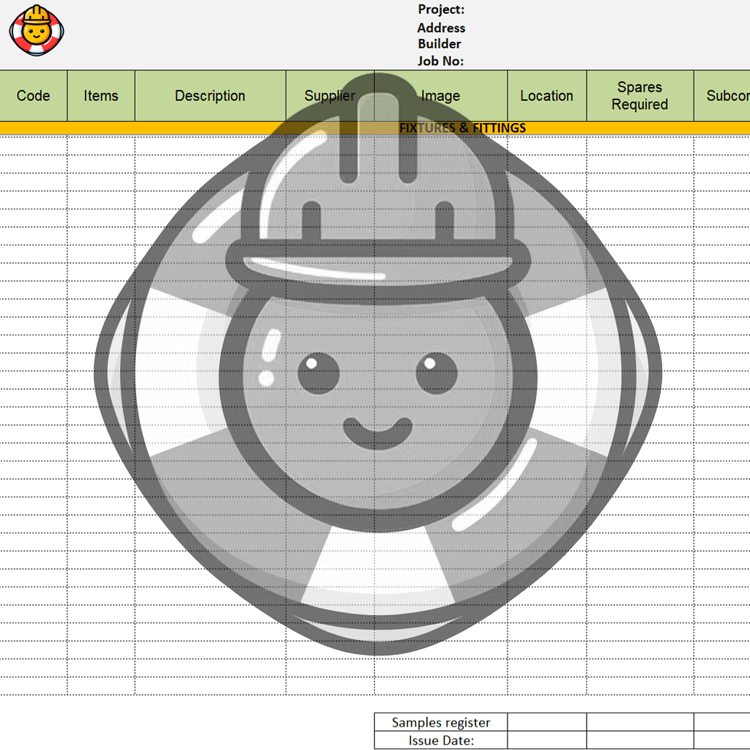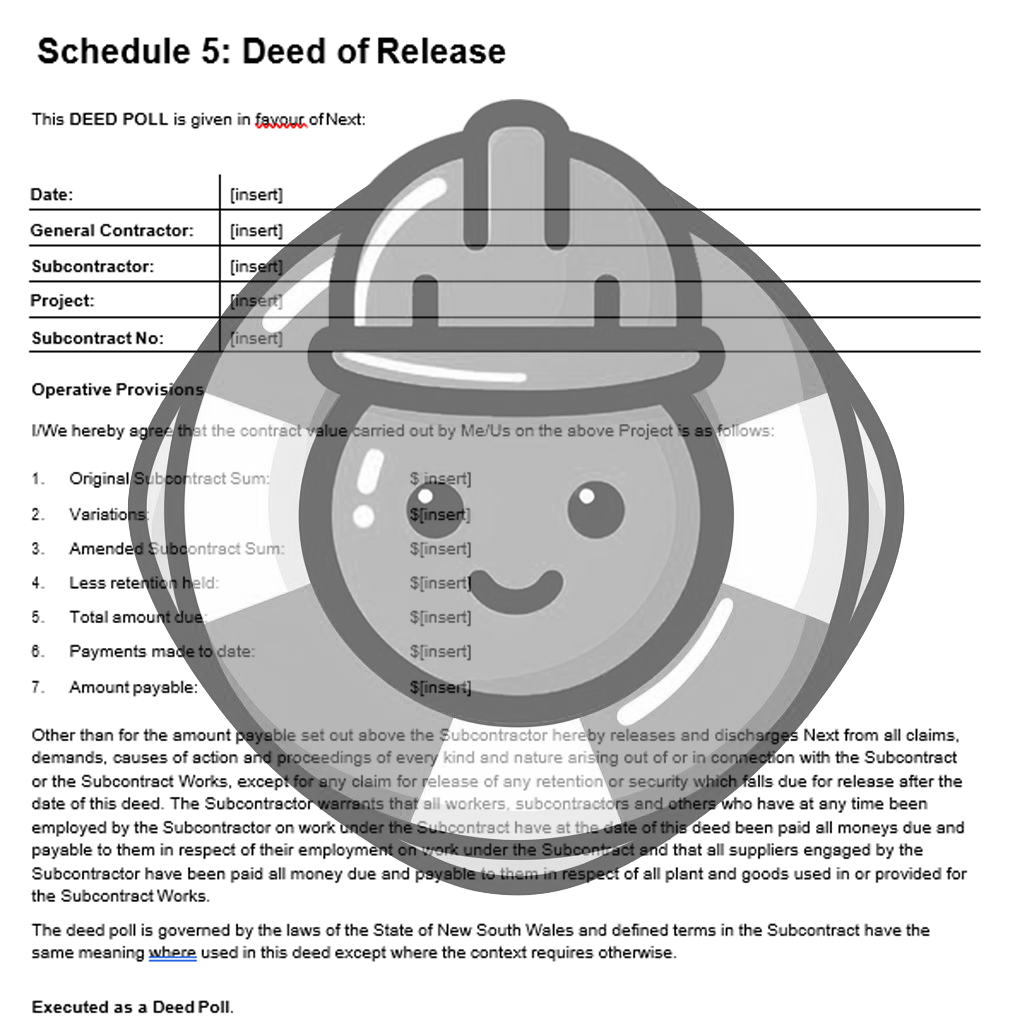
Deed of Release
In the context of construction contracts in New South Wales (NSW), a Deed of Release is a legally binding document that is often used to formalize the settlement or resolution of disputes or claims between parties involved in a construction project. This document is typically used when one party agrees to release the other party (or parties) from certain obligations or liabilities in exchange for something of value, such as a payment or the resolution of a dispute.
Key points about a Deed of Release in NSW construction:
- Purpose: The primary purpose of a Deed of Release is to document the terms and conditions of a settlement or agreement between parties. It is commonly used in construction to resolve disputes related to issues like delays, defects, payments, variations, or any other contractual matters.
- Legally Binding: A Deed of Release is a legally binding contract, and it should be drafted carefully to ensure that all parties understand and agree to its terms. Once signed, it is enforceable in a court of law.
- Terms and Conditions: The Deed of Release will outline the specific terms and conditions of the settlement, including any payments to be made, the scope of the release (what claims or obligations are being released), and any confidentiality or non-disparagement clauses.
- Confidentiality: In some cases, a Deed of Release may include confidentiality provisions that prevent the parties involved from disclosing the terms of the settlement to third parties.
- Independent Legal Advice: It is common for parties entering into a Deed of Release to seek independent legal advice to ensure that they fully understand the implications of the agreement.
- Dispute Resolution: Deeds of Release are often used as part of a broader dispute resolution process, which may include negotiation, mediation, or arbitration. The deed can document the resolution reached through these processes.
- Finality: Once a Deed of Release is executed, it typically represents the final resolution of the matter in question. Parties generally cannot later bring additional claims related to the same issue covered by the deed.
- Customization: Deeds of Release are typically tailored to the specific circumstances and the nature of the dispute or claim being resolved. They can vary widely in terms of content and complexity.
It's important for parties in the construction industry in NSW to approach Deeds of Release carefully and to seek legal advice when necessary to ensure that their rights and interests are protected. These documents play a critical role in resolving disputes and managing legal matters in the construction sector.


